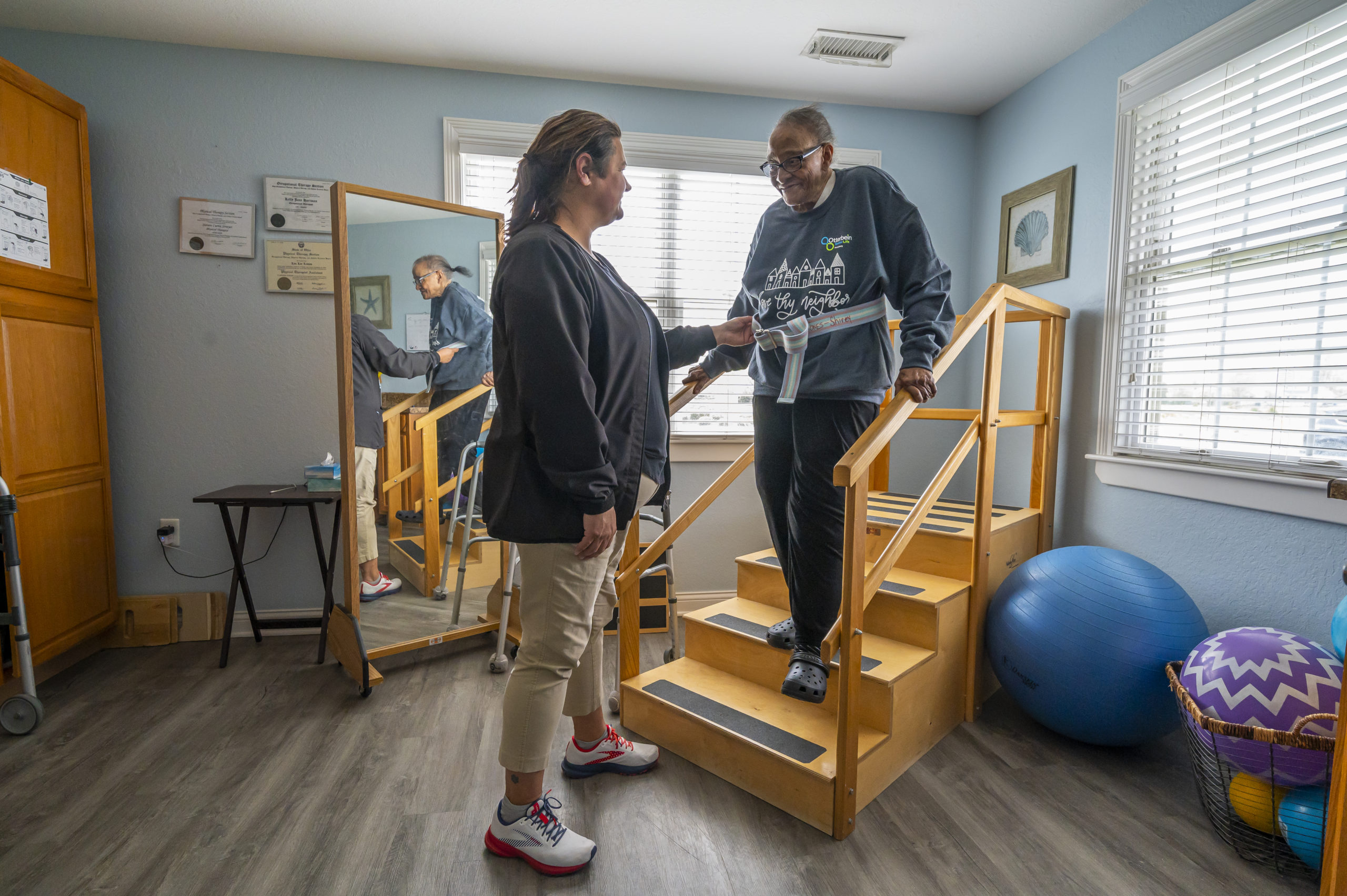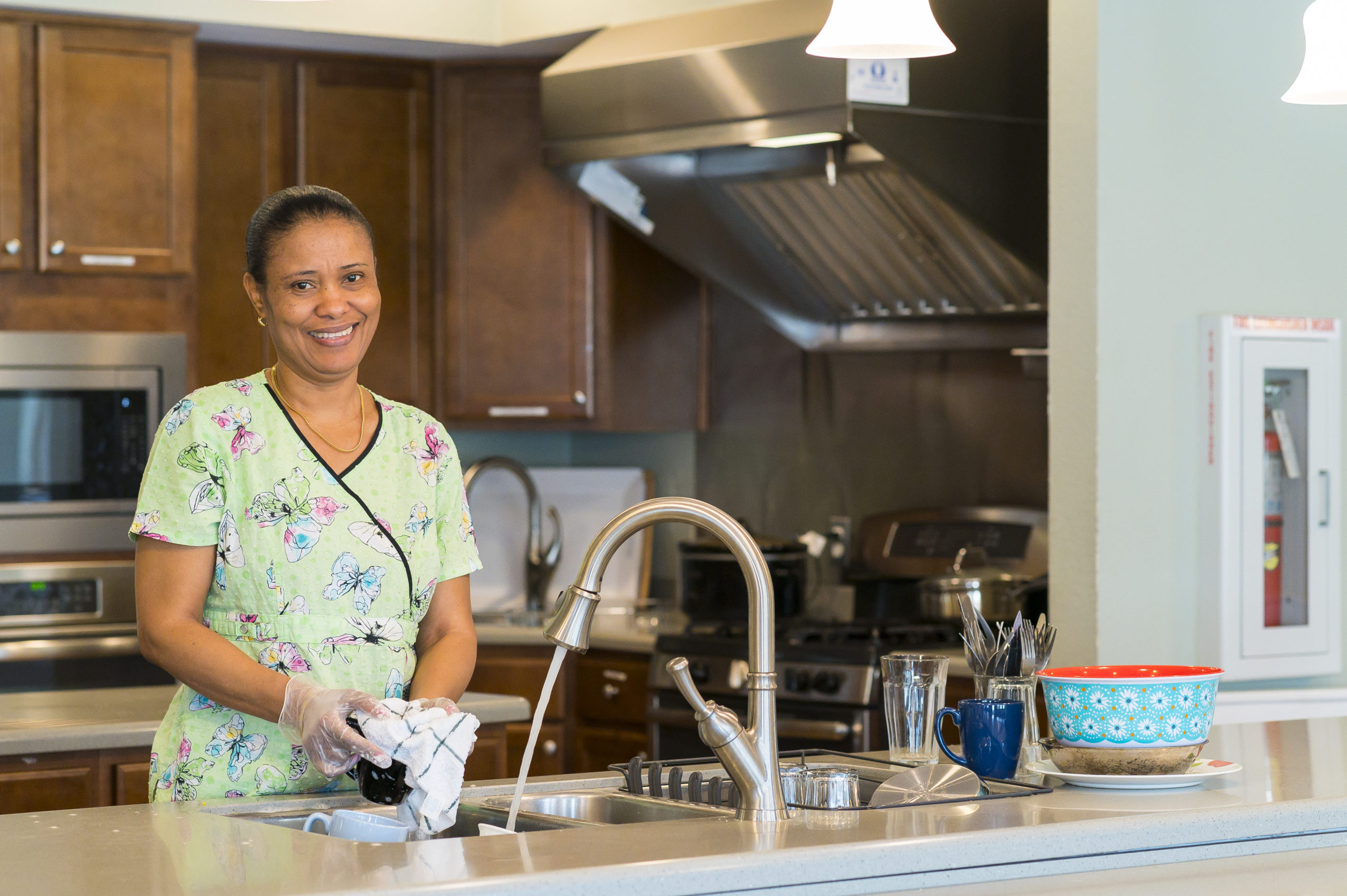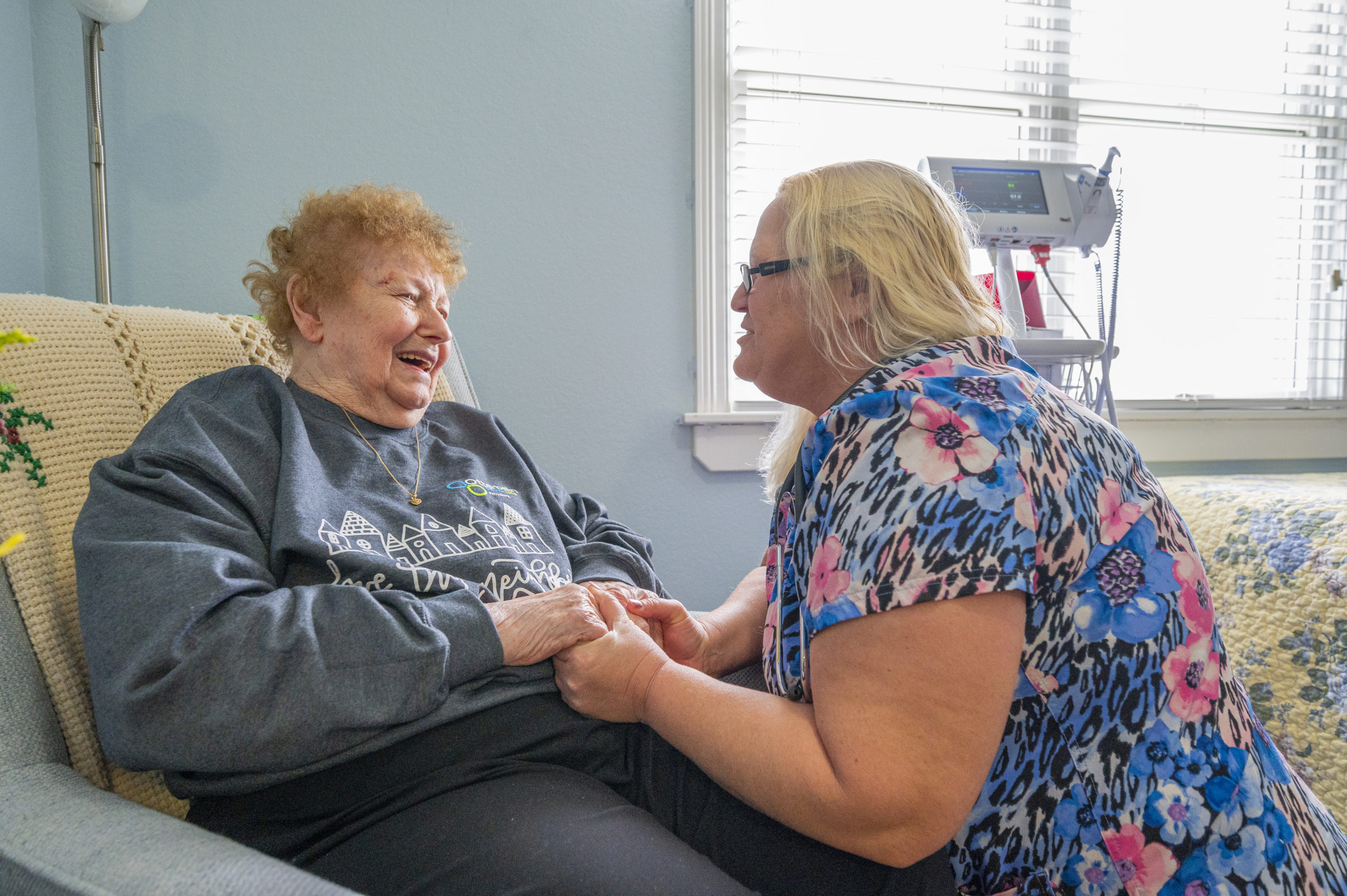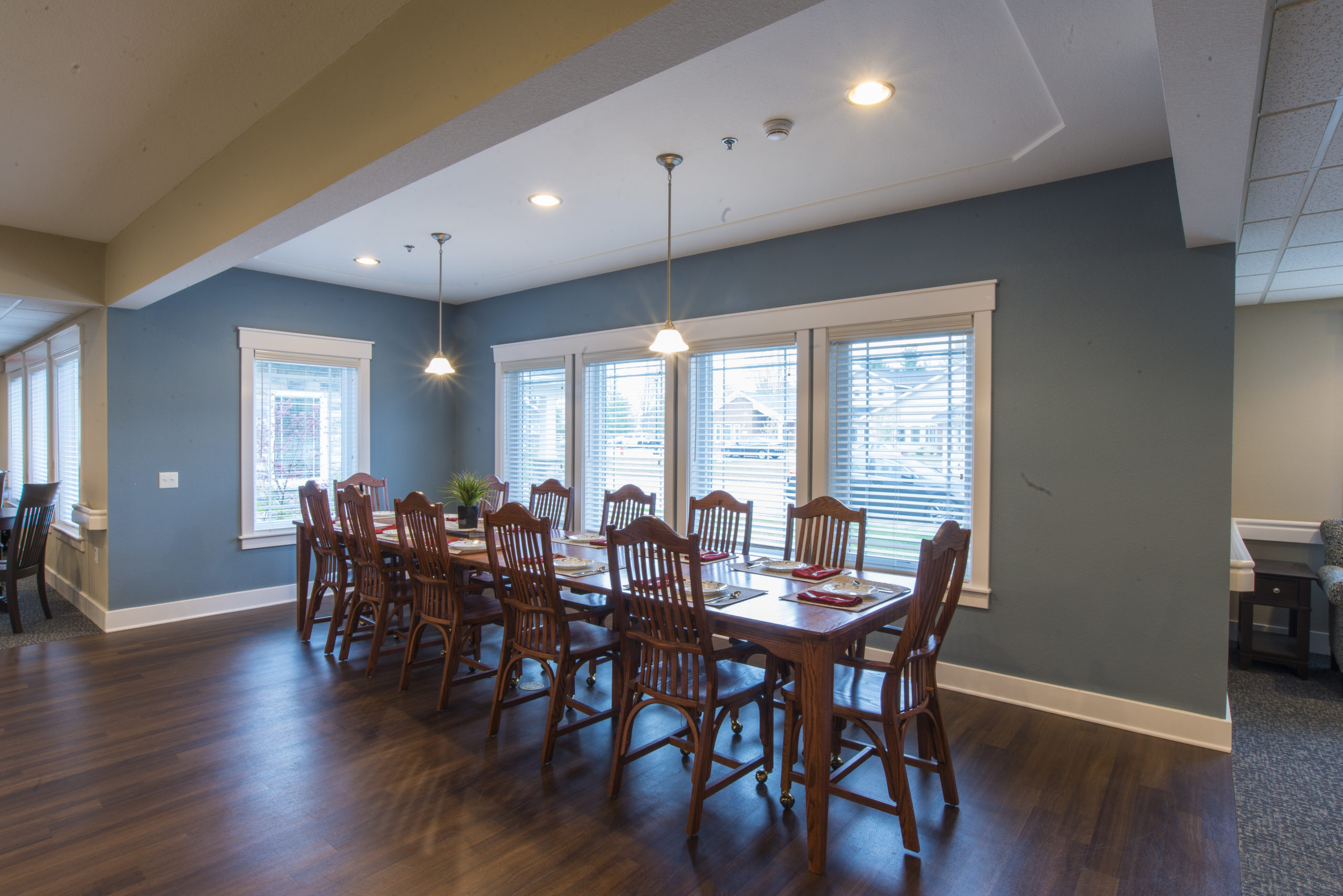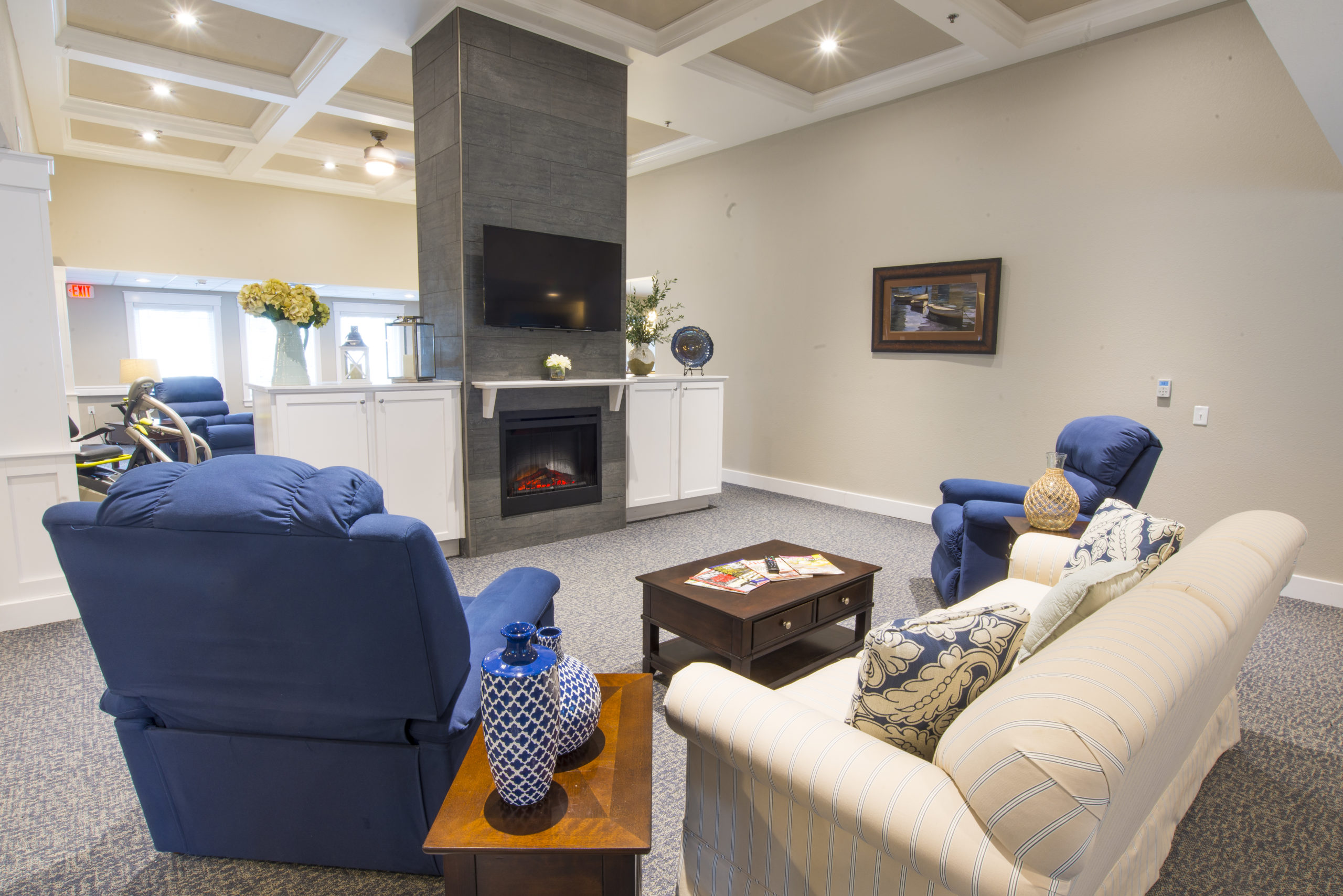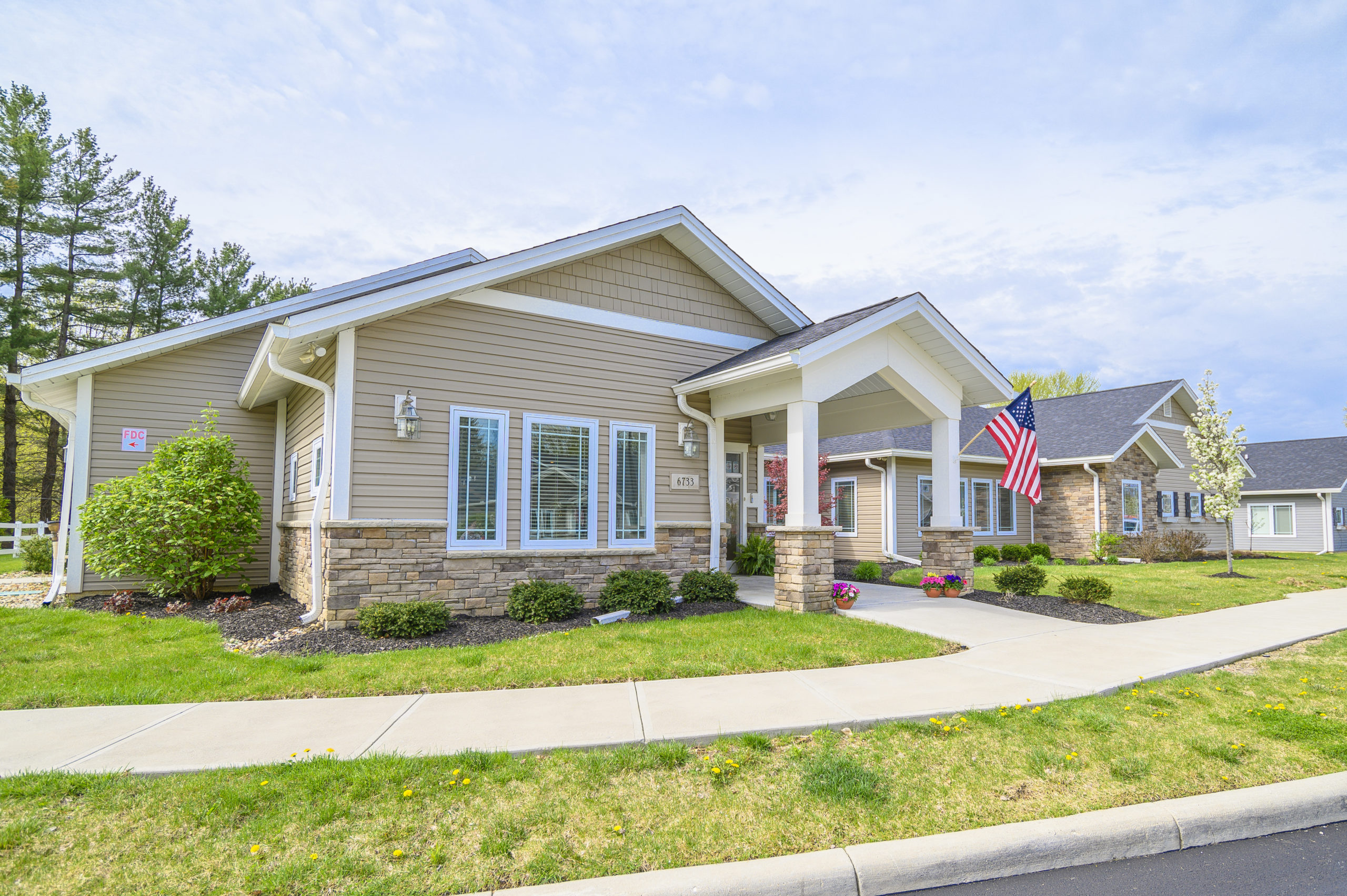
Could an Otterbein Small House Neighborhood Make a Big Difference for You?
Making the decision to help a loved one move into long-term care is certainly not an easy one. But imagine the relief you’d feel knowing that your loved one is in the best possible place for them ― a place that not only feels like a home, but is in an actual house.
Or perhaps you are looking for a place for yourself after an upcoming surgery or unexpected hospital stay. Wouldn’t it be nice to know that you will be recuperating in a real-life home setting with a team of therapists, staff, and new friends that will support you every step of the way?
This is the exact peace of mind we want for all of our elders (and their families) in our Otterbein Small House Neighborhoods. Take this quiz to see if living in one of our small house neighborhoods could make a positive difference in your life.
What is the Difference Between a Small House Neighborhood and a Traditional Nursing Home?
Perhaps the biggest difference is the layout and atmosphere. As the name suggests, a small house neighborhood consists of individual houses, with a maximum of 12 elders living in each house.
The houses themselves have a similar layout to a traditional residential house, with a modern kitchen, spacious living area, a separate den/rehabilitation area, and private suites with private bathrooms for each elder.
Nursing homes, on the other hand, are usually laid out in a more institutional manner, with more separation between different areas. Residents’ suites are often shared by more than one resident and are grouped together in one concentrated area, such as a hallway. Likewise, common areas are shared by many residents at a time, and the kitchen and food preparation area is off-limits to residents and visitors.
There are other differences besides just the physical layout, though. Philosophy of care, decision making, and staffing are just a few. Download our free guide, “Small House… Big Difference,” to learn more.

